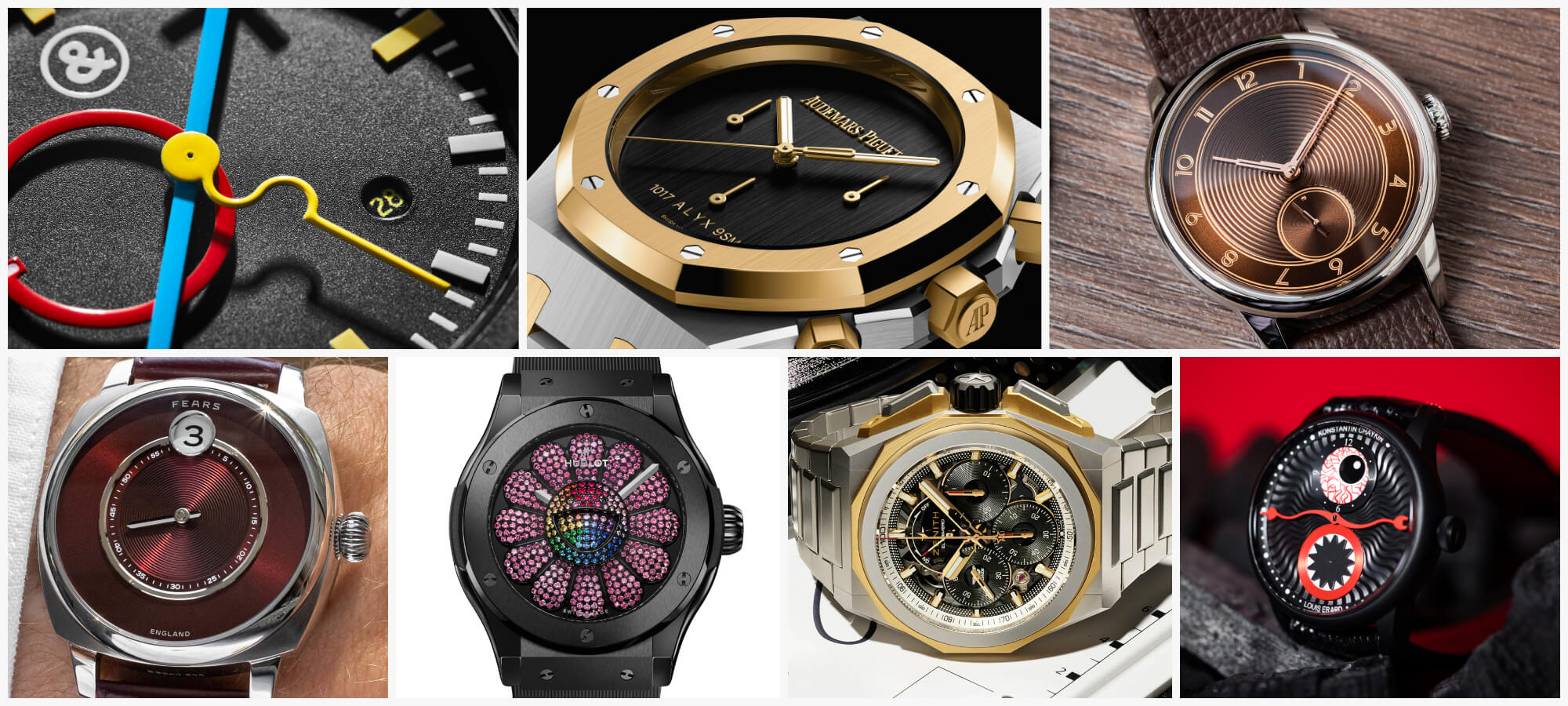
In today’s consumer marketplace (watches or otherwise) the “collaboration product” has been the trend du jour. Collaboration products are so important that a growing number of fashion and luxury categories are emerging. A typical collaboration product pairs a company that is known for manufacturing products with a personality with a brand that is known for design. When done correctly, collaboration products are successful because they look like something the manufacturer could have made all along, but seemingly neglected to do.
When applied to the luxury watch industry, collaboration watches are nothing new, and the popularity of such items is even more important nowadays due to the fashionability of collaboration products. Collaboration watches take on a number of forms and they are distinct from themed watches; while the former involves a two-way road resulting in the merging of two design languages into one, the latter is more often than not a one-way branding exercise that involves, at best, a watch brand subtly infusing a model with an unrelated brand’s identity and imagery. I would like to discuss how the concept of collaboration watches can be refined and expanded upon to evolve into something fresh, quite traditional, and creatively potent.
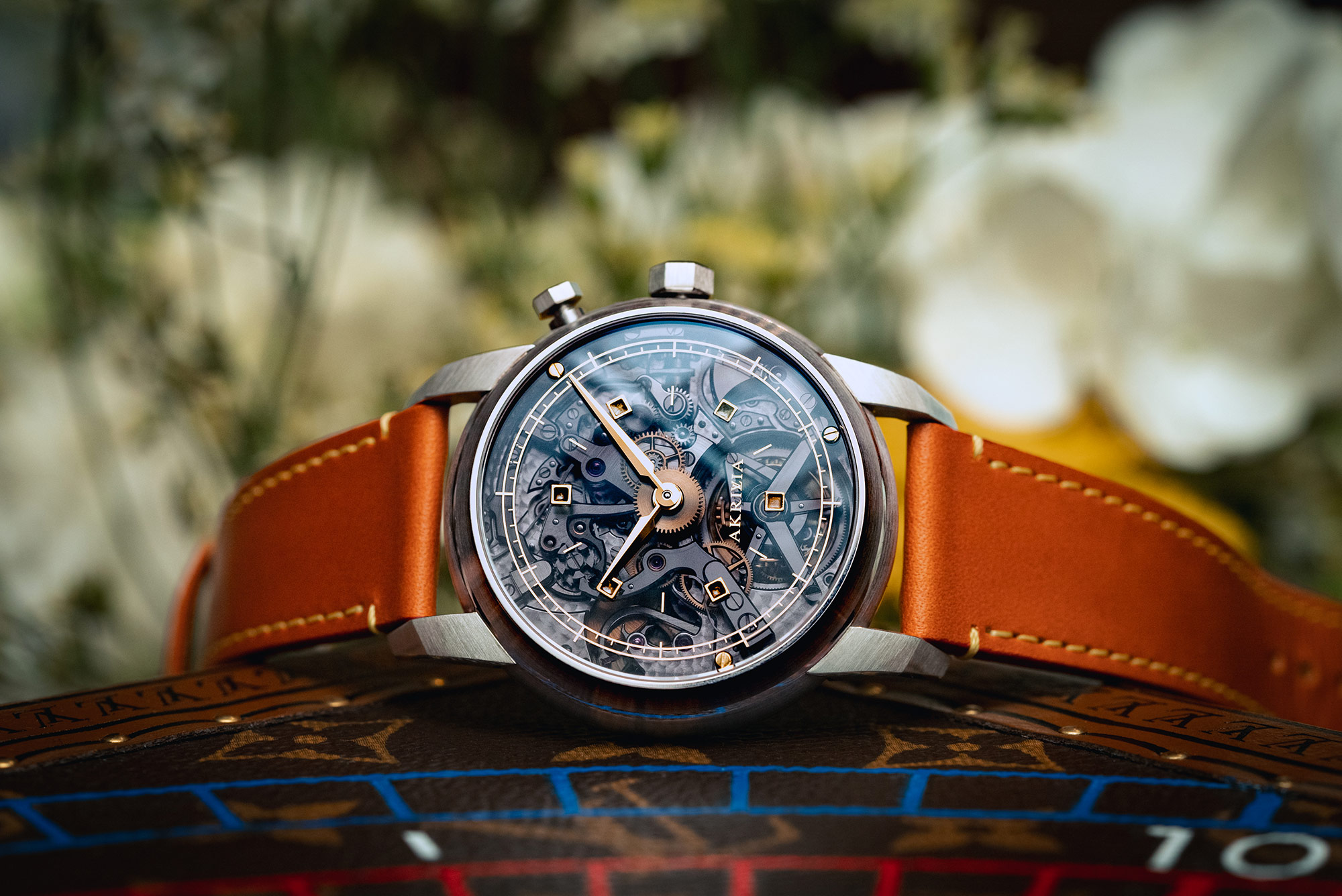 What exactly is the right formula to apply in order to make a collaboration product successful? To many brands and designers, this is a daunting task. Merely making something beautiful or “good” never seems to be enough. The answer is that collaboration products must serve as answers to questions consumers are currently asking themselves. To best understand why particular collaboration products work and why others fail, a deep understanding of the consumer and the culture around them is necessary.
What exactly is the right formula to apply in order to make a collaboration product successful? To many brands and designers, this is a daunting task. Merely making something beautiful or “good” never seems to be enough. The answer is that collaboration products must serve as answers to questions consumers are currently asking themselves. To best understand why particular collaboration products work and why others fail, a deep understanding of the consumer and the culture around them is necessary.
Collaboration watches today are usually represented as the manufacturing brand coming to some agreement with a fashion brand or other product maker in order to create a product that seems to meet the needs of the collective audience. But what does that really mean? At times designers can find a creative solution to this problem by designing a watch whose aesthetic is a hybrid between the two merging worlds. These collaboration watches can be interesting, but rarely are they particularly successful. Why?
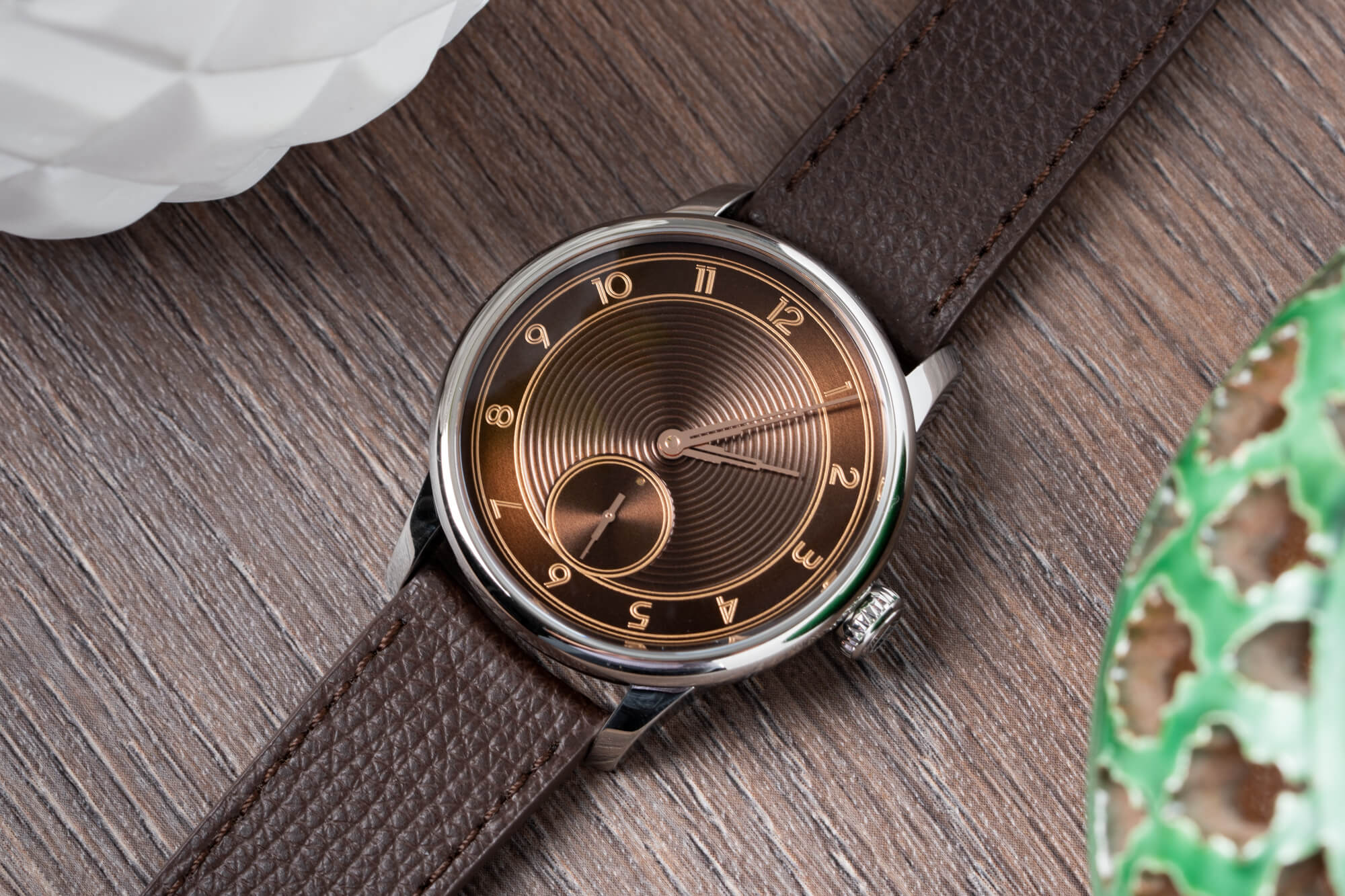
The answer in my opinion goes to the heart of what makes a collaboration watch successful in the first place. What is important is not the collaboration itself, but rather what each side of the collaboration represents. One side must present the problem and the other side must present a solution to that problem. In this sense, all successful collaboration watches are, in fact, particular solutions to posed problems. Sometimes this results in a fun albeit superficial problem. For example, “Hey, luxury watch brand, we are a luxury car firm. We need a wristwatch matched to the interior and exterior of this new car so that we can sell them together to our clients. Can you come up with a solution for us?” This is actually one of the most common “problems” that watch brands seek to answer in most of the collaboration products they have done with car companies. If the resulting answers don’t feel particularly inspiring to anyone other than the men and women who own such cars, it is probably because the problem itself was rather superficial.
Now let’s look at some of the problems that watch brands have answered historically that have resulted in far better answers: “Hey watch brand, can you make me a watch that I can take diving underwater? Can you make me a watch to measure how fast I am driving? Can you make me a watch to measure how long things take? Can you make me a watch I can easily read in the dark while flying a plane? Can you make me a watch that won’t break or get lost on the battlefield? Can you make me a watch that will survive falling down repeatedly? Can you make me a watch that is so accurate I don’t ever have to worry about checking it against my phone?” The watch industry has answered all of these questions and more over the years, each with truly timeless responses that make up the bulk of the timepieces sold today.
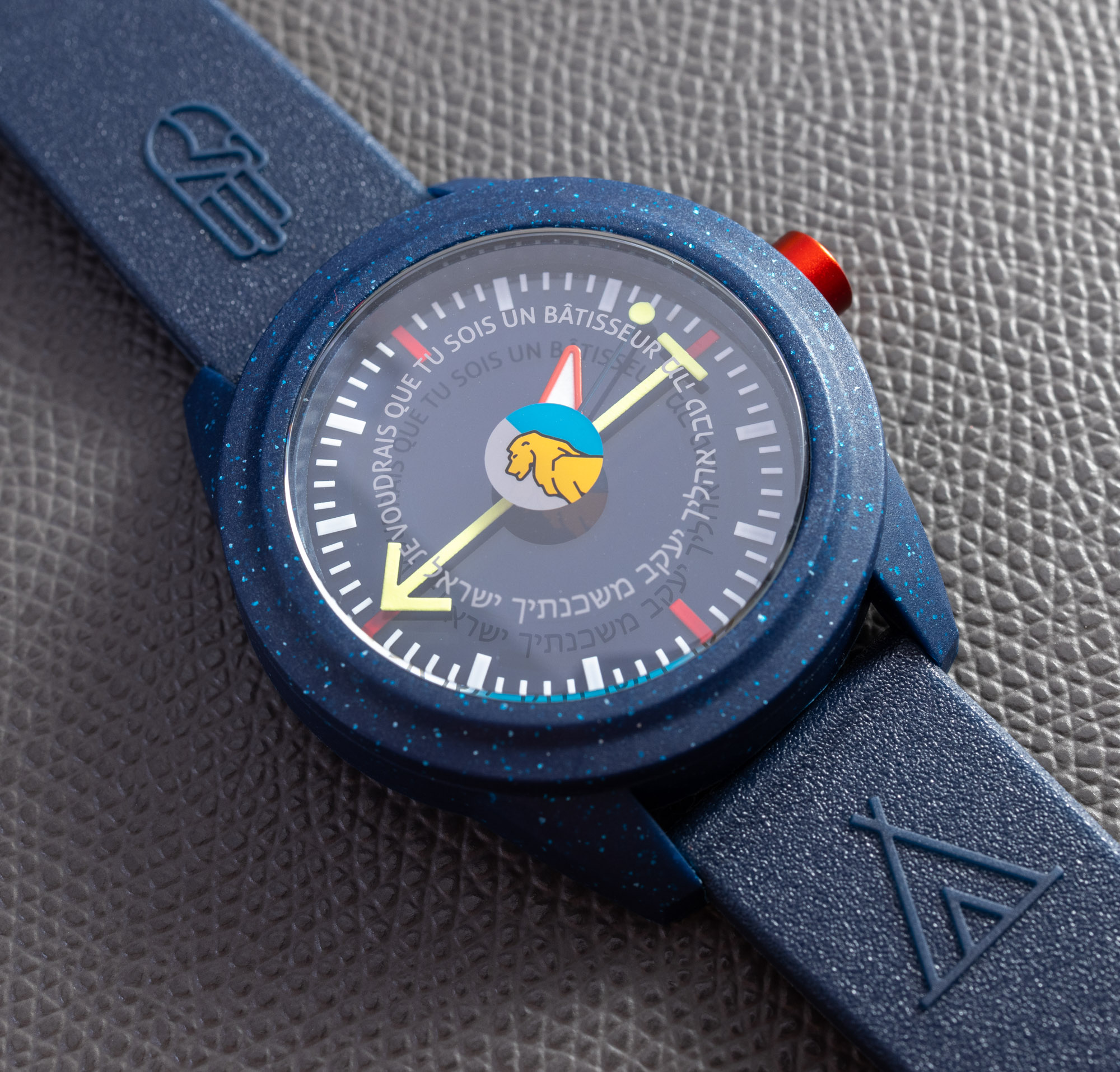
My point is that at their great moments, watch brands were producing products that were answers to important questions. But today, they have stopped responding to many good questions, and often find themselves making up weak or skeptical questions that they then provide answers to. Watch brands are first and foremost engineering firms. Their skill is in producing a functional answer to a technical question. For the most part, they have little interest outside of that. The luxury watch industry has been living in a world where marketing departments and runway shows have been asking all the questions to which the engineers have been providing answers. Is there any wonder why consumers don’t feel as though most luxury watches are relevant to them?
The most intense emotional connections watch lovers have today are with otherwise modern timepieces that are actually answers to yesterday’s questions. Where are the watches that are being produced today that answer modern questions? There are vanishingly few of them. Part of this is because, for much of the last 20 years, the luxury watch industry has been handled like the jewelry industry. There, image and presentation are everything and technical discussions are for the “nerds.” Men don’t traditionally care very much about wearing jewelry, so why would jewelry industry marketing tactics work on them? They don’t.
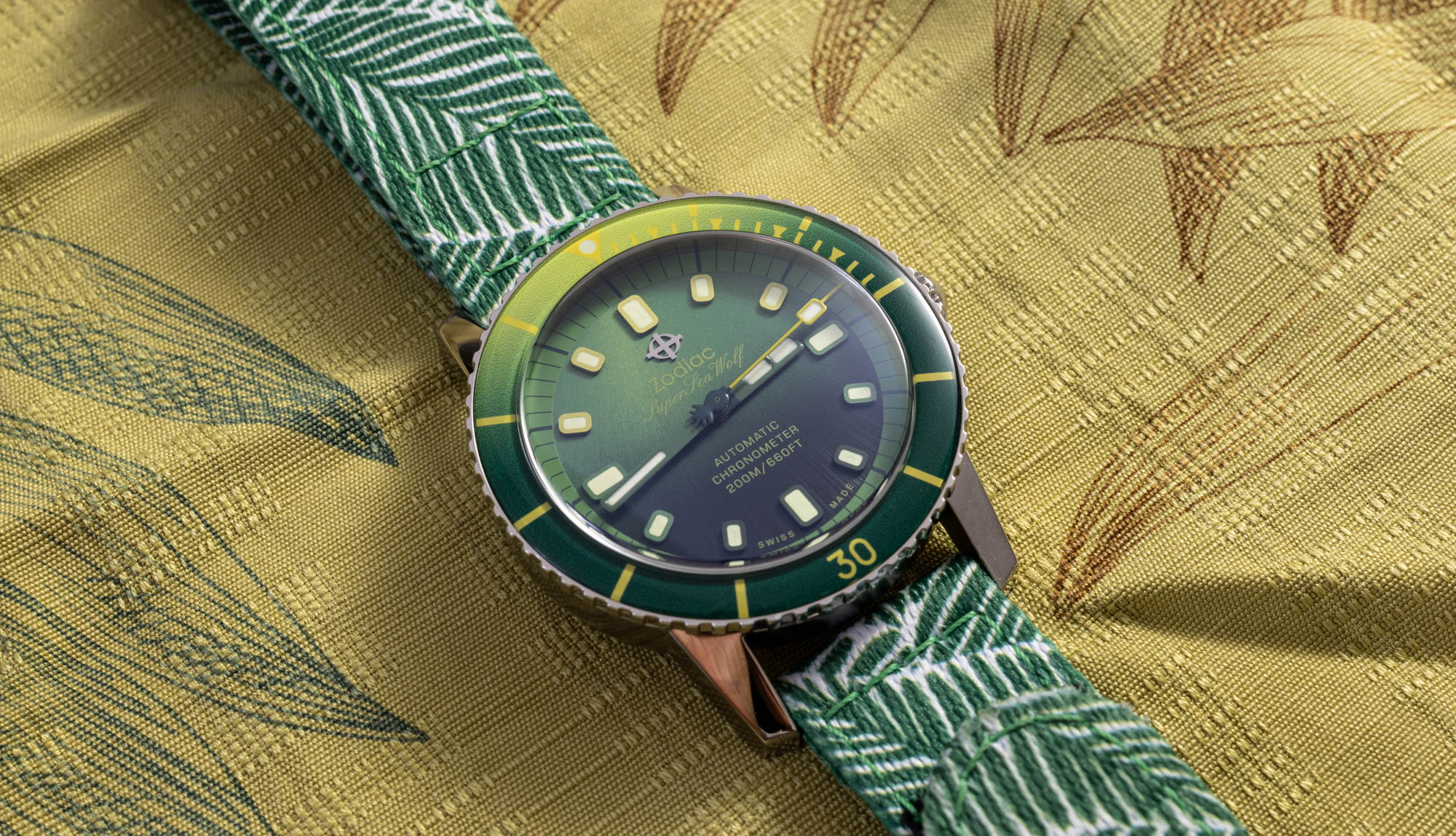 For that reason the watch industry today has remained well-fed by selling answers to questions they faced long ago. The retro watch craze that continues is a direct response to the fact that consumers simply don’t understand the story or purpose behind many of today’s watches. That is understandable because many of those products have no purpose. They simply exist to fill a void on a spreadsheet. But what if the watch industry could return to an era where it was mostly tasked with producing answers to particular problems. Are there collaborations that could work like that? Probably yes.
For that reason the watch industry today has remained well-fed by selling answers to questions they faced long ago. The retro watch craze that continues is a direct response to the fact that consumers simply don’t understand the story or purpose behind many of today’s watches. That is understandable because many of those products have no purpose. They simply exist to fill a void on a spreadsheet. But what if the watch industry could return to an era where it was mostly tasked with producing answers to particular problems. Are there collaborations that could work like that? Probably yes.
There is a huge potential for the watch industry if even a few brands reposition their relationships with creative forces. At this time watch brands jealously guard their development resources and ardently fight against doing projects that are off-brand. I am arguing that this might need to end. At this time, most watch brands spend enormous amounts of time agonizing over what product to make next and then what story to put around it. This entire chore can be avoided if watch brands simply went back to what they once did best — produce innovative solutions to interesting engineering or technical challenges. This is essentially why collaboration watches today work well. One party gets to imagine a question and a feasible answer to that question, and the watch brand is simply tasked with making it.
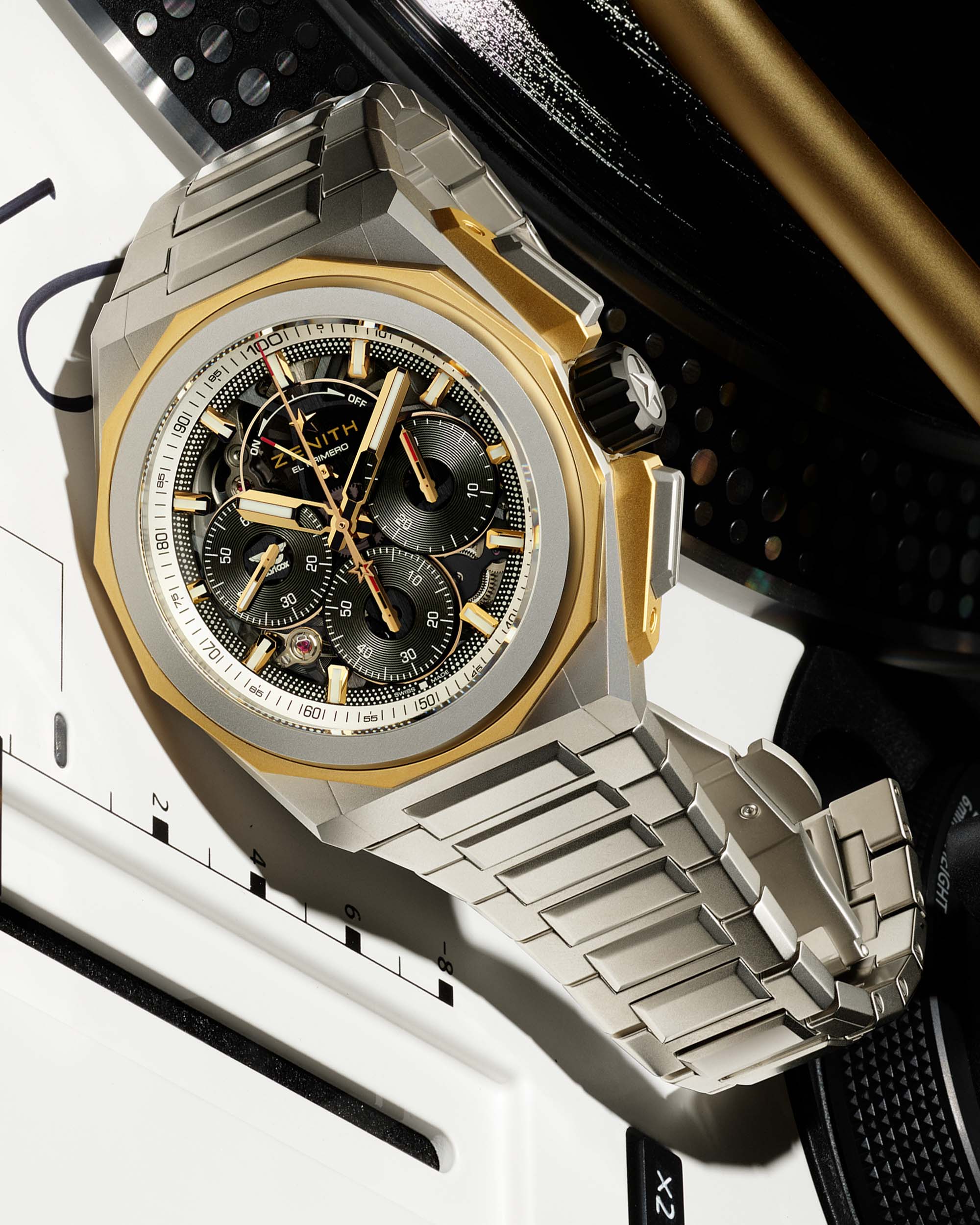
Can watch brands incorporate a new culture of asking themselves such questions and then answering them or does it always have to be something they share with others? I’m not so sure luxury watch brands are culturally equipped to handle this task on their own. Rather, I think the entire point of this exercise is to appreciate that luxury watch brands have overburdened themselves with questions to answer and underfunded their ability to answer them. Unless watch brands are suddenly about to get a lot more investment budget (fat chance anytime soon), they can pivot away from mainly being jewelry-style brands and return to being engineering firms by responding to questions in the form of product answers.
The typical luxury watch brand is old, European, and conservative. None of these perspectives offer a receptive environment for innovation or thinking outside of the box. Unfortunately, the world of 2020 and beyond (or at least the world the watch industry has been living in for the last decade or more) is sorely in need of something new to help inspire new products. While the emotional appeal of high-quality timepieces remains, the reasons for most people to buy them have dramatically reduced since a high point some time ago. That is when large conglomerates like Richemont saw an interesting opportunity to take traditional watchmakers and turn them into high-end jewelry-style makers. Today’s world still has plenty of rich people, but it has far fewer new rich people who typically consume the most jewelry. Established money would rather buy good, purpose-built tools. And there is no better way to explain a good watch than to point it out as a successful purpose-built tool.
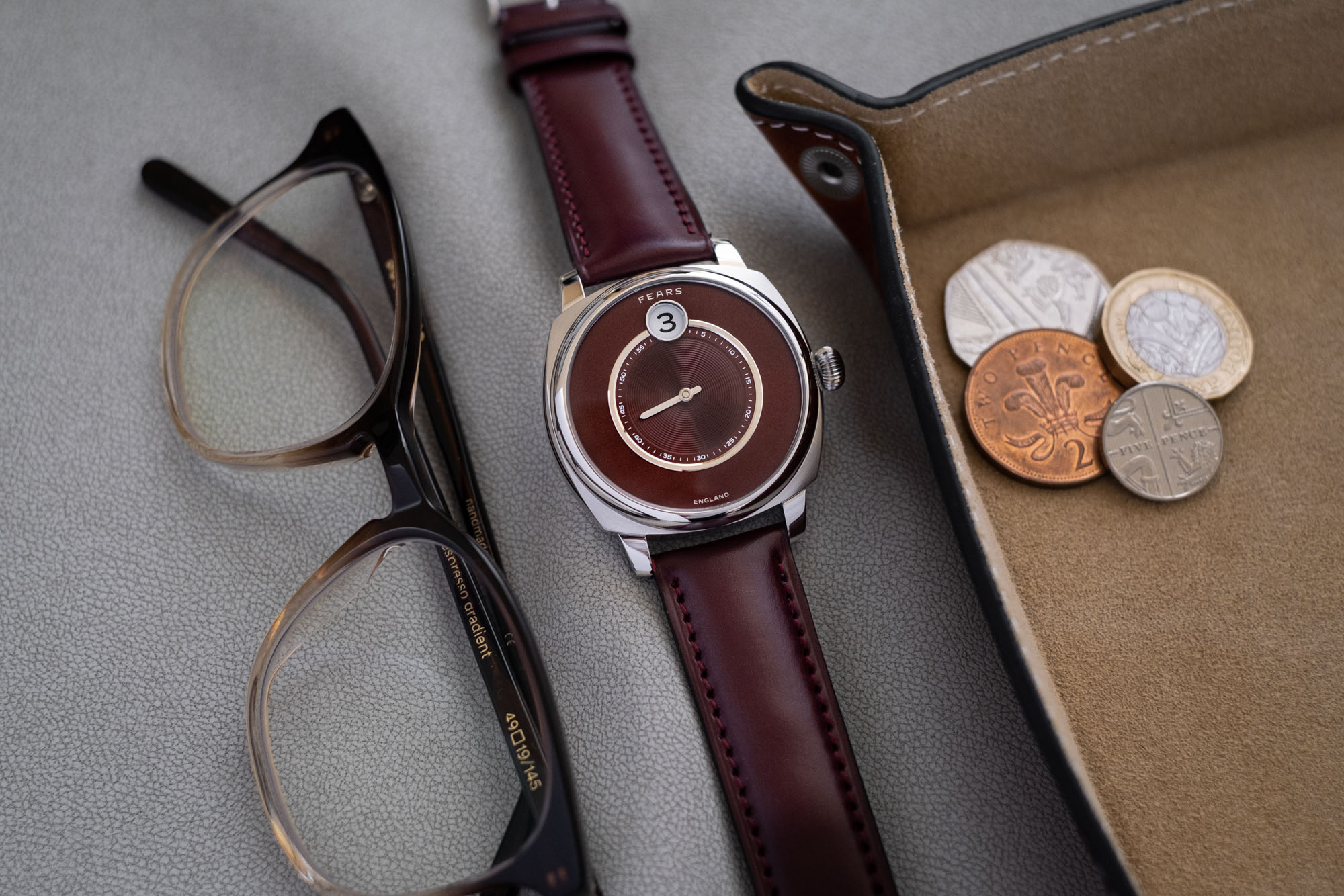
How do luxury watch brands (re)discover how to produce relevant answers to modern questions? I think the answer has to do with opening up the process of how they work with others. Watch brands need to be more open, if not excited, to produce something that someone else wants. Brands are notoriously insecure about taking actions that are “out of brand.” I’m not sure this concern is valid anymore. At the least, brands need to be far more open to trying new ventures so long as the resulting products are of high quality and meet their overall standards.
This means that watchmakers should actively solicit companies, from clothing makers to trekking gear firms and beyond, in order to produce small batches of products for those outside brands. At this time, watchmakers can be quite difficult to work with and view collaboration on a new product as a “privilege” granted to a non-watch brand. This thinking needs to be put on ice in favor of a more entrepreneurial approach that asks, “Who would be great to make a few hundred or a few thousand watches for?” Watch brands could easily charge for this service as they might any other client. With that said, the crucial element here is the openness to do business in this somewhat novel way.
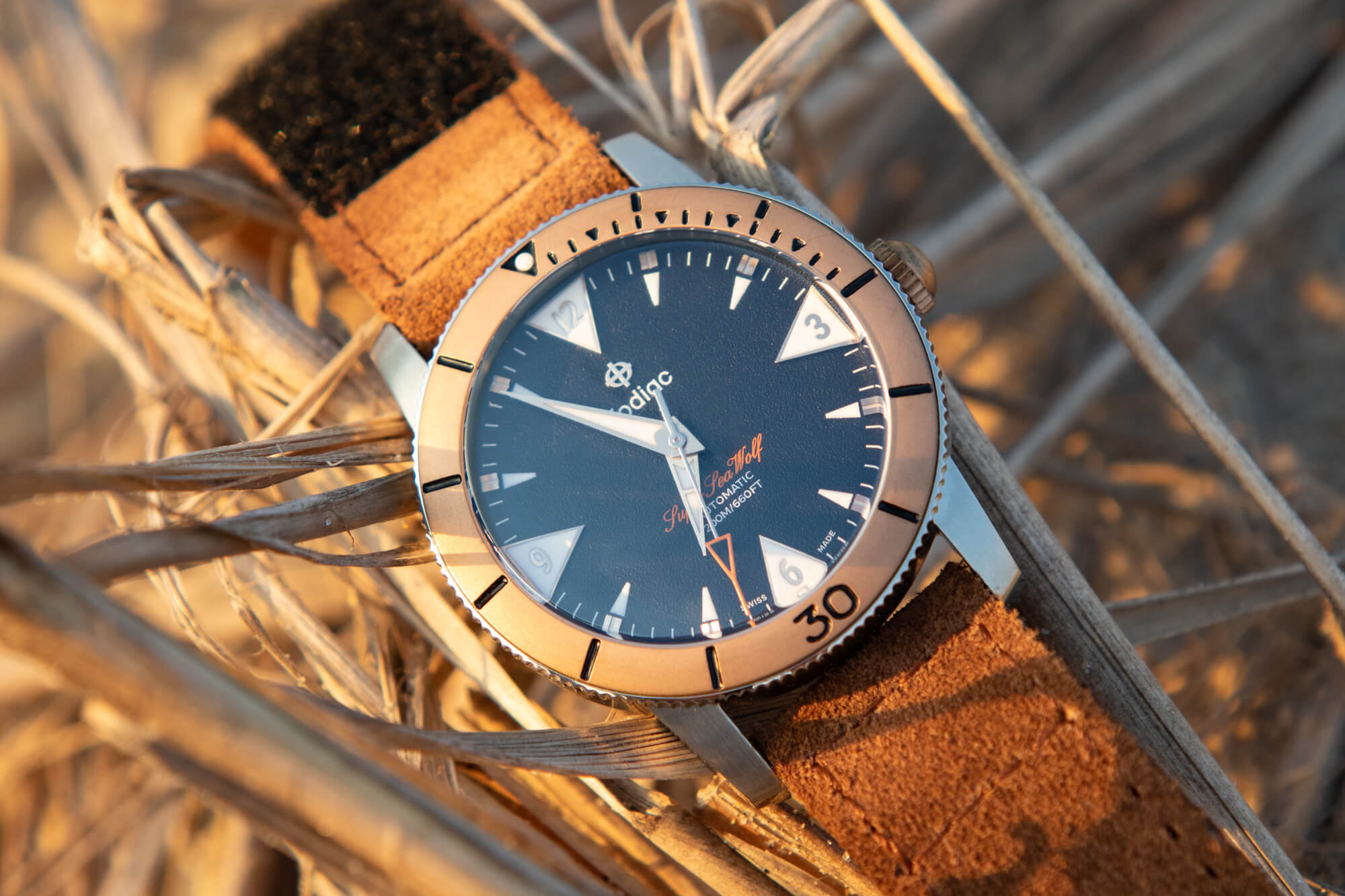
I say somewhat novel because this strategy isn’t new. Rolex, Audemars Piguet, Omega, Cartier, TAG Heuer, Breitling, Panerai, and more are all companies with histories of producing interesting answers to particular client problems. The Rolex Submariner was the answer to a particular question about a durable watch used underwater by professional divers. The Audemars Piguet Royal Oak was the answer to a particular need by Italian retailers. The Cartier Santos was the answer to the problem of needing a wearable timepiece to rely on while flying an early plane. In none of these instances did the watchmaker itself come up with the question. It merely worked with those who needed a good answer by engineering one. It is probably true that the number of authentically practical questions traditional watch brands can answer today is limited. Professional divers have for the most part transitioned to using diving computers, and anyone needing precision, durable timekeeping on their wrist has a slew of low-cost options available to them today. Still, that doesn’t mean watch brands cannot find clients to ask them to make new things.
Returning to collaboration watches today, what we see is how powerful fashion collaborations can be. The best of these are themselves the answer to a made-up question the fashion design imagined. Despite the fact that the questions fashion collaboration watches answer are often superficial in nature, they can often be complicated, nuanced, and challenging to get right. Even if fashionable collaborations are not as satisfying or are purely functional design exercises, consumer culture has demonstrated that there is a market for them.
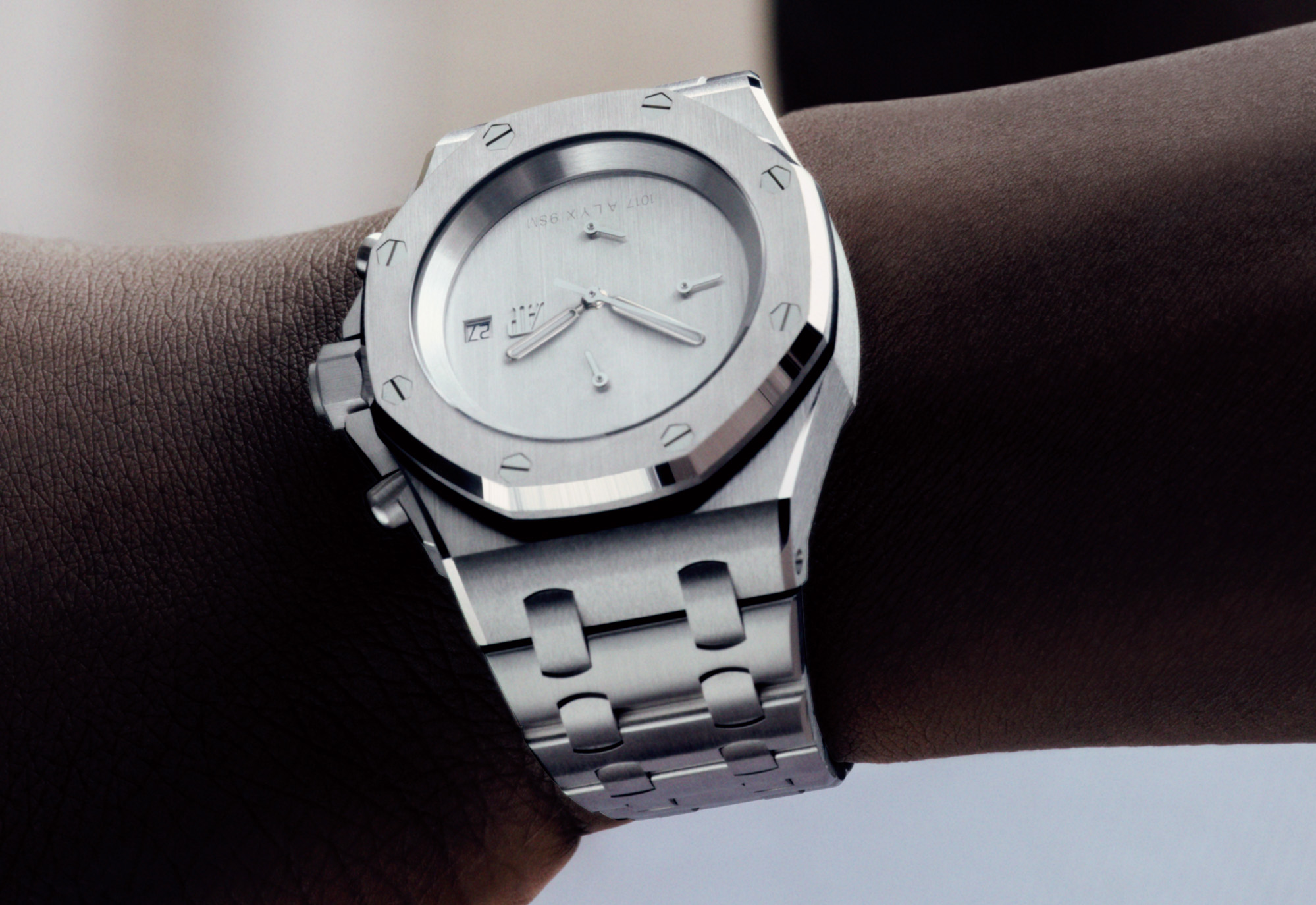
In order to take advantage of this expanded role of “answer to good question watches” produced by watchmakers for third-party clients, watchmakers need to make themselves easy for such third-party clients to work with. The good news is that while the economics will have to change, watch brands are already set up for this. They already do much of this in limited numbers with special products for particular retailers or markets. Having said that, these products rarely have a purpose beyond the aesthetic. For modern collaboration watches to work as well as possible, they need to combine a spirited question, a satisfying answer, and a watch company with the skill and integrity to render that answer in a tangible form.
The mostly closed way of doing business that most brands practice when it comes to producing watches for third parties or wanting to take the bulk of the creative credit has got to go. Brand egos need to stand aside in favor of many watchmakers once again operating like traditional tool firms. The manufacturing parts of these companies will certainly not complain about it.
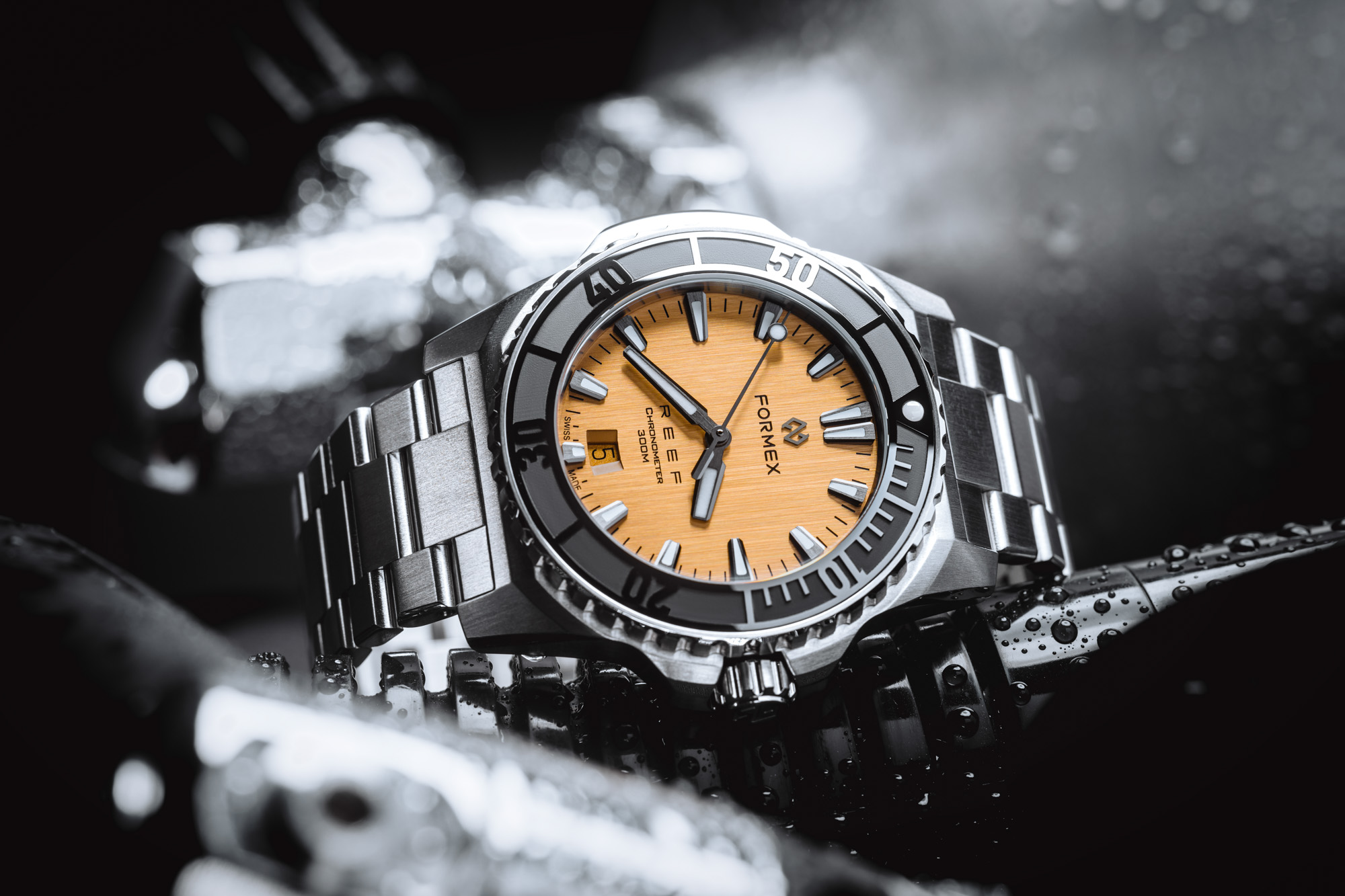
At the same time, watch brands need to go out there and court a number of companies both in technology and fashion with the promise that they can offer their consumers something truly special by commissioning the watchmaker to produce something. Indeed, many of the products I am talking about would be special commissions with client companies who invest hundreds of thousands if not millions into these new product production runs. Logical clients will be large fashion houses to jet makers. If it works, the markets will become populated with watches that are increasingly diverse from one another, produced in smaller quantities, have a larger percentage of original parts, and have probably a lot more satisfying results than when watch brands task their marketing departments to magically come up with what consumers will want to buy three years from now.
I believe that the problem-and-solution approach to collaborating with third parties on new watch products is a very smart and viable way for a number of traditional watchmakers to ensure healthy levels of production volumes in the future. The model will no doubt appeal to at least a few brands. It also helps the watch industry return to a way of doing business that helps products achieve iconic status even today. It is time to rethink why most wristwatches are made, and whose wrists they are intended to go on. I look forward to seeing how the watch product collaboration concept continues to evolve.

